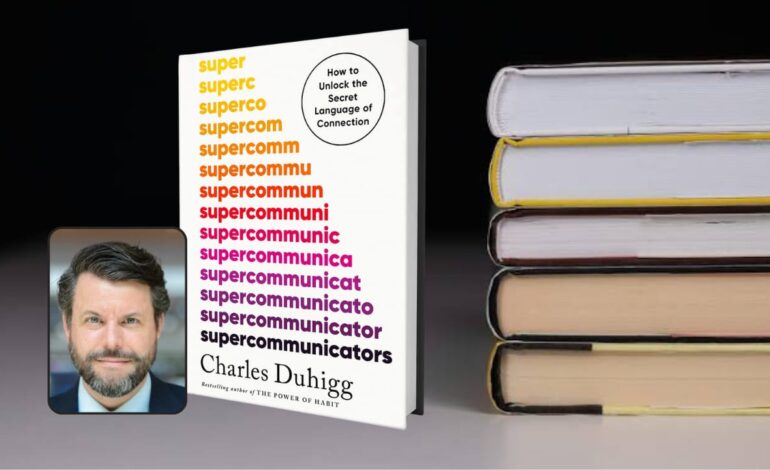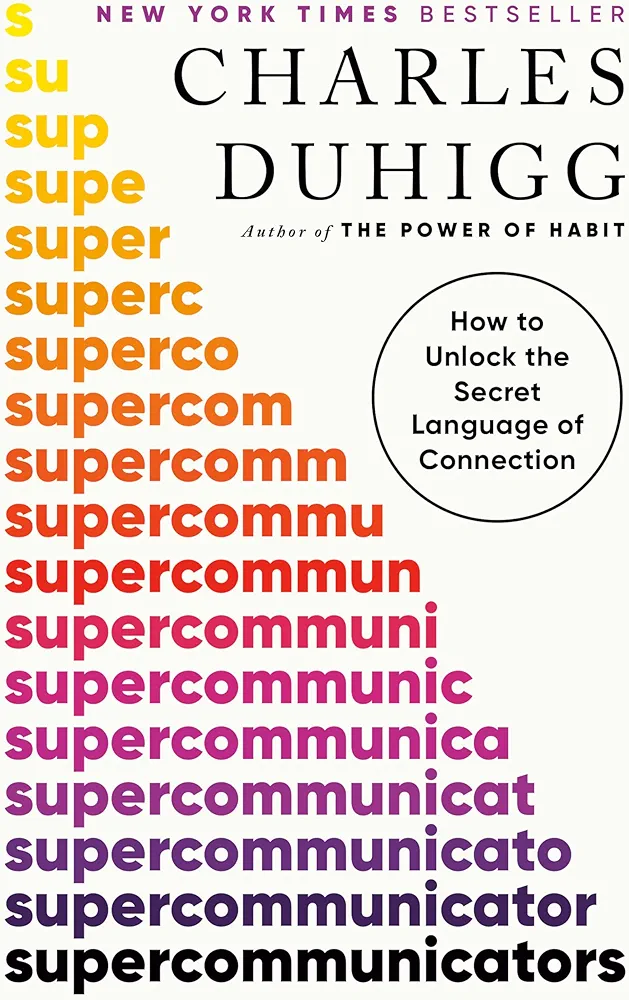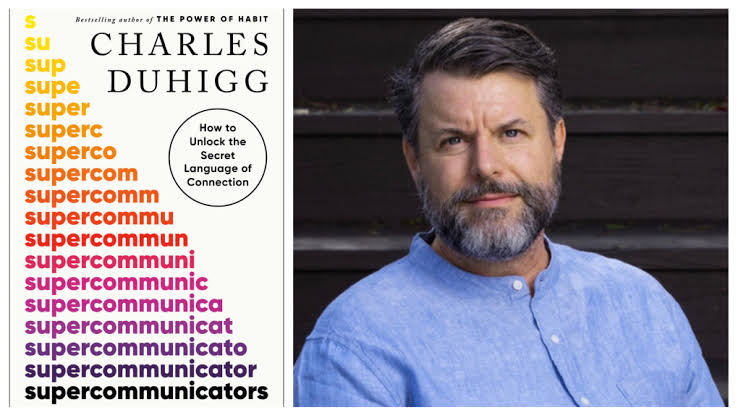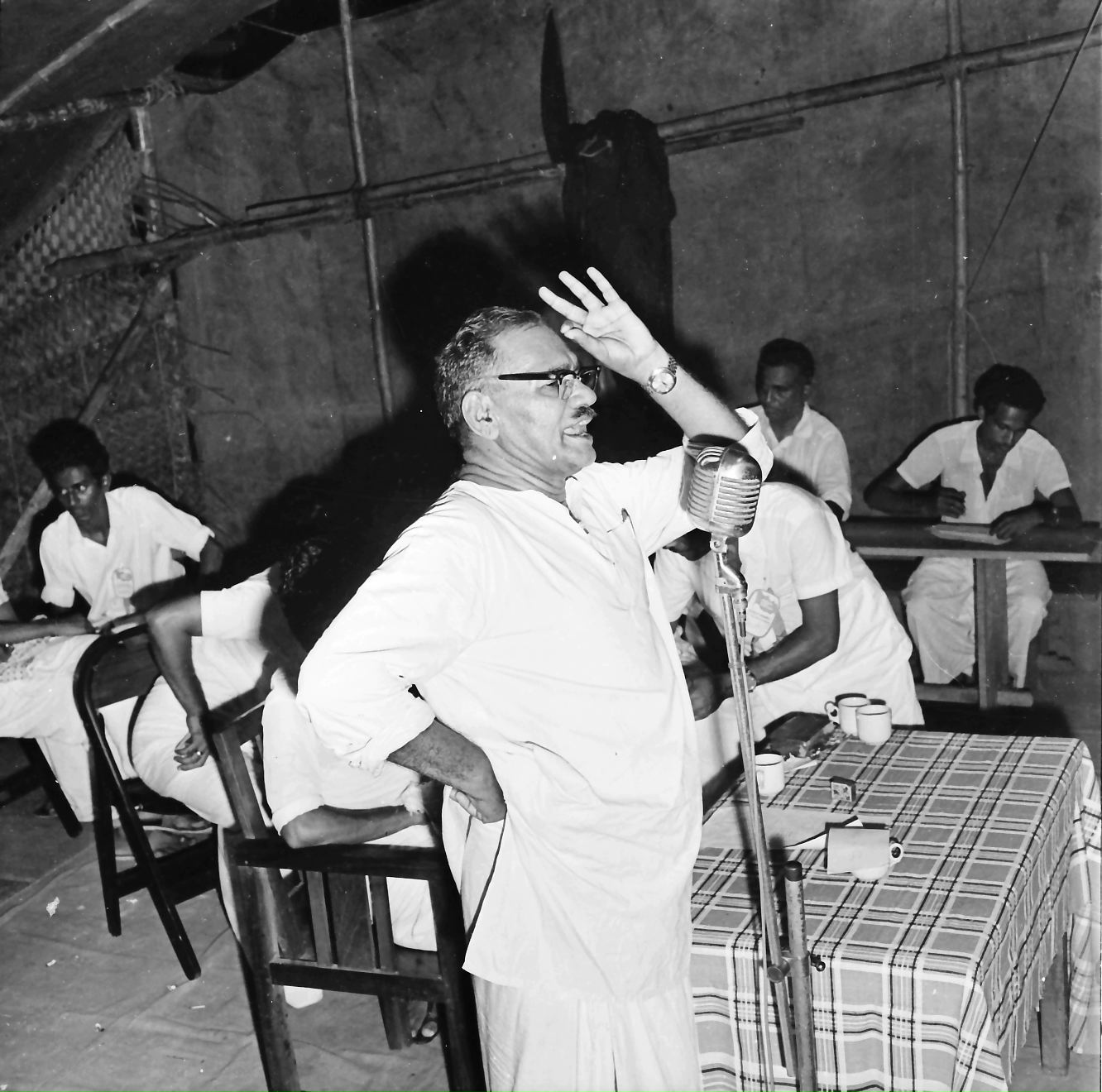Navigating Difficult Dialogues: How ‘Supercommunicators’ Can Help in a Polarised World”

Communication is an art that many struggle with, but few realize it can be learned. Whether you’re talking to a friend, colleague, family member, or stranger, mastering this skill is within reach. Ever struggled to start a conversation or keep it going? Finding common topics of interest can be tricky, and navigating differing social or political views can feel like a minefield. But with the right approach, you can turn any interaction into a meaningful exchange.
How do you find the right approach? More importantly, can you learn the required skills?
“Supercommunicators,” written by Charles Duhigg, is a book that teaches you to learn the skills to convert a conversation into a connection. It distills the art of conversation, any conversation, including the ones with your friends and family, into actionable steps that you can readily practice and improve.
Charles Duhigg is a Pulitzer Prize-winning American journalist and author of bestselling books. I read his first book, “The Power of Habit,” which is a constant presence in many bookstores, and liked it. I read it in 2013, and it convinced me about the importance of habits. Last year, I read his article on the ChatGPT saga and liked it for its reporting breadth and depth.

This book starts by breaking down every conversation into three types: Analytical, Emotional, and Social. Every conversation is essentially one of these three types. In analytical talk, the conversation is a transaction where facts and details matter. In emotional talk, the conversation is all about the feelings. In social talk, the conversation is about an identity. Now, listing the types helps in nothing. You still need to know what to do with this information.
Suppose you argued with your father in the morning over a trivial issue. You reach the office and share the incident with your friend. Are you looking for a solution? Do you want to be listened to intently, get advice on who was wrong, or would just a hug do ? Suppose you differed with a colleague about a work issue. Another colleague, a friend, was listening. What do you want to hear from your friend? Advice or silence or just a hug? Suppose you hear about the sudden death of a friend’s loved one. What do you say to your friend? Advice or listen or a hug? As situations differ, so does the conversation, hence the importance of its type.
After breaking the communication into its types, Charles goes on to break it into a step-by-step process of turning every conversation into meaningful, often joyful interactions, and in some cases, less stressful ones, even with a person with contrasting views. He uses psychological studies and instances of experts’ communication to establish the rules of effective communication.
Stories form the backbone of narration and writing style, making it easy for everyone to understand, relate, and remember the content. Charles has used his recommendation to write the book as the writing oscillates between personal anecdotes, stories, and facts, often combining all three. As you turn the pages, you gradually get convinced about the process.

If you have read books on personal growth, they tend to follow a pattern. Every chapter makes a proposition supported by academic research or theories, followed by a story that establishes the usefulness of the proposition. Stories of failures are not part of this scheme. This book is no exception to this formula. However, this conformance should not take away the usefulness of this book.
A few days after finishing the book, I took a train journey to New Delhi. The train starts at 6 in the morning from Varanasi, requiring me to get up at 4 AM. I always travel with a book, sometimes 2. If it is a mid-noon journey, I prefer reading books to talking to a co-passenger. But, early in the morning, I like a slow warmup to come to my full senses before picking a book. Opening a conversation with a co-passenger who is perhaps also in the same state has always been a nervous affair. But I had read this book, so at least I knew a theory I could test.

Charles suggests starting a conversation with a question that doesn’t have a 1-word answer. He calls them Deep questions. For example, instead of asking questions like, “Where are you going?” or “Are you from Varanasi?” you may ask, “What do you like about early morning train journeys?”. I started with a similar question. However, a few minutes into the conversation, the person said, “I do not like the Congress party (India’s principal opposition party).”
Now, I like the Congress party. Had I not read the book, I would have gone on to list several reasons to prefer the Congress party. I would have given one argument after another, countering his response with facts and figures. I would have transformed myself into an evangelist, on a mission to reform this man and make him fall in love with the Congress party. After a few minutes of conversation, he would have silently waited for me to drain all my energy and stop. We would have withdrawn into our shells for the rest of the journey, talking only to ask for a way to leave the seat. Thankfully, I had read this book, and none of this happened.
I instead said, “They give many reasons to people to dislike them.” It opened him up to offer his reasons for this blanket statement, which allowed me to steer the conversation to his upbringing, parents, childhood, values, work, motivations, etc. When I shared about my organization’s work with school children from economically underprivileged families, he shared his wife’s efforts of sheltering orphaned street dogs. We agreed on several issues, including the complete failure of the current central government, despite opposing political preferences. Neither did I contradict his personal experiences, nor did he contradict mine. Moreover, we agreed that our experiences shape our views, which are bound to change if we remain open.

“Supercommunicators” book taught me to treat every conversation as a learning opportunity. It taught me not to approach a conversation as a right vs wrong battle but to connect by sharing stories and anecdotes more than the facts. Ultimately, you can convince a person more by listening than by speaking. In a world getting more polarised, we all need to learn to talk to each other and listen better. Thankfully, we have this book.











